Home>Storage Ideas>Kitchen Storage>10 Ways I Balance Practicality And Style In A Kitchen When I’m Designing
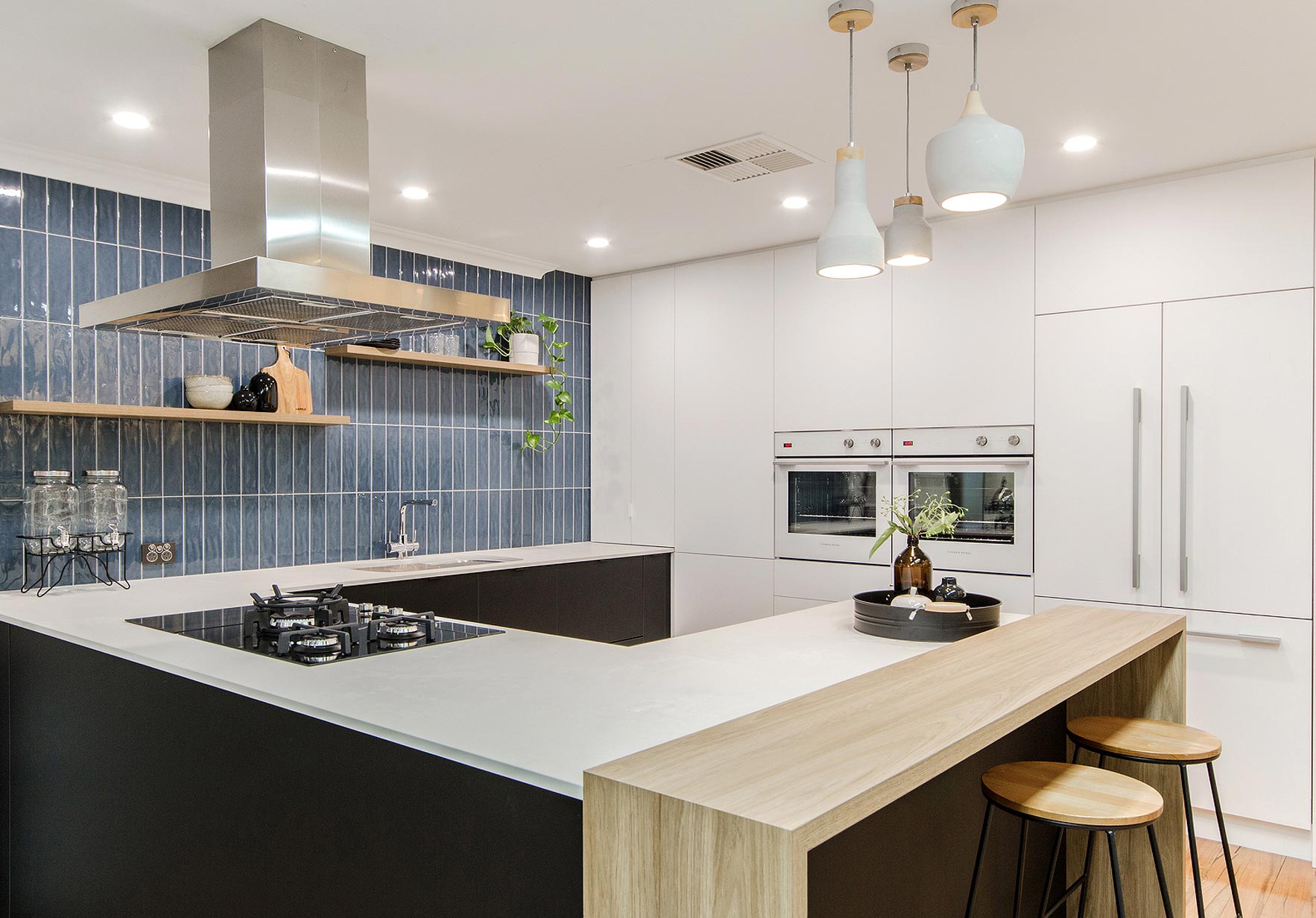

Kitchen Storage
10 Ways I Balance Practicality And Style In A Kitchen When I’m Designing
Modified: October 24, 2024
Discover 10 genius kitchen storage ideas that seamlessly blend practicality and style in my design process. Maximize space and elevate your kitchen with these expert tips.
(Many of the links in this article redirect to a specific reviewed product. Your purchase of these products through affiliate links helps to generate commission for Storables.com, at no extra cost. Learn more)
Introduction
Creating a stylish and practical kitchen space is a common goal for many homeowners. After all, the kitchen is more than just a place to cook meals—it’s a central hub for socializing, gathering, and creating memories. However, finding the right balance between functionality and style can often be a challenge.
When it comes to kitchen design, there’s a misconception that you have to sacrifice practicality for aesthetics, or vice versa. But the truth is, with the right approach and careful consideration, you can achieve a perfect harmony between the two. In this article, we will explore ten ways to balance practicality and style when designing a kitchen.
From the materials and appliances to the layout and storage options, we’ll delve into key factors to consider that will help you create a kitchen that not only looks stunning but also functions like a dream. So, let’s dive in and discover how you can achieve the perfect blend of practicality and style in your kitchen design project.
Key Takeaways:
- Achieving a balance between practicality and style in kitchen design involves selecting durable materials, functional appliances, and a well-thought-out layout to create a visually stunning and highly functional space that stands the test of time.
- Personalizing the kitchen with meaningful accessories, customized details, and natural elements adds a unique touch, transforming the space into a reflection of individual style and creating a welcoming environment for family and guests.
Choosing the Right Materials
When it comes to balancing practicality and style in a kitchen, choosing the right materials is crucial. You want materials that not only look attractive but also withstand the wear and tear of daily use. Here are a few considerations:
Firstly, opt for durable and low-maintenance materials. For countertops, materials like quartz or granite are excellent choices. They are resistant to scratches, stains, and heat, making them highly practical for a busy kitchen. Additionally, ceramic or porcelain tiles make for easy-to-clean and long-lasting backsplashes.
Next, think about the flooring. Hardwood floors bring warmth and elegance to a kitchen, but they may require more maintenance. Alternatively, engineered wood or ceramic tiles offer the aesthetic appeal of hardwood while being more resistant to moisture and scratches.
Cabinetry is another significant consideration. High-quality wood or wood veneer cabinets not only add a touch of sophistication but also offer durability. Look for features like soft-close hinges and drawer glides, which enhance the functionality of the cabinetry.
Lastly, don’t forget about the appliances. Stainless steel appliances continue to be a popular choice for their sleek, modern look and durability. However, if you prefer a different color or finish, explore options like matte black or slate, which can also add a unique touch to the kitchen design.
By carefully selecting the right materials for your kitchen, you can ensure a balance between practicality and style. These choices will contribute to the longevity and functionality of your kitchen while enhancing its overall aesthetic appeal. Remember, it’s essential to strike a balance that not only looks good but also stands the test of time.
Selecting Functional Appliances
When it comes to kitchen design, selecting functional appliances is key to achieving a practical and stylish space. The right appliances can make your kitchen more efficient, enhance your cooking experience, and add a touch of modernity to the overall design. Here are a few factors to consider:
Start by assessing your cooking habits and needs. Are you an avid chef who enjoys experimenting with elaborate recipes, or do you prefer quick and easy meals? This will help you determine the type and size of appliances you need. For example, a double oven might be ideal for someone who loves to cook large family meals, while a compact and versatile range might be sufficient for a smaller kitchen.
Functionality is of utmost importance when selecting appliances. Look for features that simplify your kitchen tasks and make your life easier. For instance, a refrigerator with adjustable shelves and ample storage space ensures efficient organization and optimal food storage. Additionally, a dishwasher with different wash cycles and adjustable racks can accommodate a variety of dishes and utensils.
Consider energy efficiency as well. Energy-efficient appliances not only reduce your carbon footprint but also save you money on utility bills in the long run. Look for the ENERGY STAR label, which indicates that the appliance meets strict efficiency standards.
Aesthetics should also be considered when selecting appliances. Choose appliances that complement your kitchen’s style and color scheme. Stainless steel appliances are a timeless choice that pairs well with various design themes. Alternatively, some brands offer appliances in a range of colors, allowing you to make a bold statement or create a cohesive look.
Lastly, don’t overlook the importance of proper ventilation. A range hood or ventilation system helps remove odors, steam, and grease from your kitchen, keeping the air fresh and clean. Opt for a hood with sufficient power and consider its design and placement to ensure it blends seamlessly with the overall kitchen aesthetic.
By carefully selecting functional appliances, you can create a kitchen that not only looks stylish but also enhances your cooking experience. Functionality, energy efficiency, aesthetics, and ventilation should all be taken into account to ensure a well-designed and practical kitchen space. Remember, practicality doesn’t have to sacrifice style, and the right appliances can help achieve the perfect balance.
Finding the Perfect Layout
The layout of your kitchen plays a crucial role in achieving a practical and stylish space. It determines how efficiently you can move around the kitchen, access essential items, and perform daily tasks. Here are a few tips for finding the perfect layout:
Consider the kitchen work triangle concept, which comprises the three main work areas: the sink, refrigerator, and cooking range. The goal is to arrange these areas in a way that minimizes movement and maximizes efficiency. Ideally, the total distance between the three points of the triangle should be between 12 and 26 feet.
Think about the flow and ease of movement in your kitchen. Ensure there is enough space for clear pathways between different work areas and appliances. The layout should allow for smooth navigation without any obstructions.
Consider the size and shape of your kitchen. Different layouts work better for different spaces. For example, a galley or corridor layout is ideal for narrow kitchens, while an L-shaped or U-shaped layout can maximize counter space and storage in larger kitchens.
Keep functionality and practicality in mind when positioning different work areas. For example, it’s advisable to place the sink near your food preparation area and the refrigerator in close proximity to your cooking range for easy access to ingredients.
Strategically plan your storage spaces. Incorporate sufficient cabinets and drawers to accommodate your cookware, utensils, and pantry items. Consider vertical storage solutions like tall cabinets or open shelving to make use of vertical space and maximize storage capacity.
Consider the placement of windows and natural light sources. Arrange your kitchen layout to take advantage of natural light, as it not only creates a welcoming atmosphere but also reduces the need for artificial lighting during the day.
Take into account any unique requirements or specific needs you may have. For example, if you love hosting dinner parties, you may want to include a kitchen island with seating for guests to gather and socialize.
Overall, finding the perfect layout involves careful planning and consideration of your specific needs, space limitations, and functionality requirements. By optimizing the flow, incorporating ample storage, and maximizing the use of natural light, you can create a kitchen that is both practical and visually appealing. Remember, a well-designed layout is the foundation for a functional and stylish kitchen space.
Considering Storage Options
One of the key elements in achieving a practical and stylish kitchen is ample storage space. A well-organized kitchen allows for efficient workflow and keeps your countertops clutter-free. Here are some considerations when it comes to storage options:
Evaluate your storage needs based on your cooking habits and the items you use regularly. Consider the types of cookware, utensils, and appliances you have, and plan accordingly. Think about whether you need deep cabinets for large pots and pans, narrow drawers for utensils, or shelves for storing small appliances.
Maximize your vertical space by incorporating floor-to-ceiling cabinets or open shelving. These options provide additional storage while also adding visual interest to your kitchen. Use adjustable shelves to customize the space according to your needs and to accommodate different-sized items.
Make the most of your cabinet space by using organizers and dividers. Utilize pull-out shelving, tray dividers, and spice racks to keep everything neatly organized and easily accessible. Consider installing lazy susans or corner pull-out units to make use of awkward corner spaces.
Incorporate dedicated storage solutions for specific items. For example, install a garbage and recycling center with separate compartments to keep your kitchen clean and organized. Consider adding a pantry with deep shelves or pull-out drawers for storing dry goods and pantry staples.
Think beyond traditional storage options. Consider incorporating unique solutions such as hanging pot racks or magnetic knife strips to free up valuable drawer and cabinet space. Utilize the space above your cabinets for decorative storage baskets or display items that add style and functionality.
For a sleek and modern look, consider integrating hidden storage options. Concealed appliances, such as refrigerator and dishwasher panels that match your cabinetry, create a cohesive and streamlined look. Additionally, consider designing a kitchen island with built-in storage drawers or cabinets to maximize space and keep essentials within reach.
Don’t forget about the importance of proper organization and decluttering. Regularly assess your kitchen items and get rid of anything you no longer use or need. Keep countertops clear of unnecessary items to create a clean and visually appealing space.
By carefully considering storage options and incorporating smart organization solutions, you can create a kitchen that is both practical and stylish. Ample and well-organized storage ensures that everything has a place, making your cooking and meal preparation tasks more efficient. Remember, an organized kitchen is a happy kitchen.
Incorporating Adequate Lighting
Proper lighting is essential for both functionality and style in a kitchen. It not only ensures that you can see clearly while working but also adds ambiance and enhances the overall aesthetic appeal. Here are some considerations when it comes to incorporating adequate lighting in your kitchen design:
Start with natural lighting. If possible, maximize the amount of natural light entering your kitchen by positioning windows strategically. Natural light creates a welcoming and bright atmosphere, making the space feel open and inviting. Consider installing skylights or larger windows to increase the influx of natural light.
Layer your lighting. A combination of different light sources will provide the best overall illumination for your kitchen. Think about incorporating three main types of lighting: ambient (general lighting that fills the room), task (focused lighting for specific work areas), and accent (highlighting decorative elements or focal points).
For ambient lighting, consider installing overhead fixtures such as recessed lights or pendant lights. These provide even distribution of light throughout the kitchen. To add a touch of style, choose fixtures that complement your overall design theme.
For task lighting, focus on providing adequate illumination in work areas, such as over the sink, stove, and countertops. Under-cabinet lighting is a popular choice for task lighting as it provides direct illumination for food preparation. LED tape lights or puck lights are efficient options that can be discreetly installed beneath cabinets.
Incorporate accent lighting to highlight architectural features or decorative elements in your kitchen. This can be achieved with the use of adjustable track lighting, spotlight fixtures, or even LED strip lights placed behind open shelving to create a warm and inviting ambiance.
Consider installing dimmer switches. They allow you to adjust the intensity of the lighting to match the desired mood or task at hand. Dimmers provide flexibility and versatility, allowing you to transition seamlessly between bright task lighting and softer ambient lighting.
Don’t forget about the importance of task-specific lighting. For example, if you have a kitchen island that serves as both a food preparation area and a gathering space, consider installing pendant lights directly above the island. This not only provides focused lighting for cooking but also adds a decorative element.
Remember to incorporate lighting controls that are convenient and easily accessible. Consider placing light switches in convenient locations, such as near entries/exits or in areas where they can be easily reached without obstructing the countertop workspace.
Incorporating adequate lighting in your kitchen ensures functionality and enhances the overall style and ambiance. Natural light, layered lighting, and task-specific illumination all work together to create a well-lit and visually appealing space. By carefully considering the different types of lighting and incorporating them thoughtfully, you can achieve a perfect balance between practicality and style in your kitchen design.
When designing a kitchen, choose multi-functional furniture and appliances to maximize space and practicality without sacrificing style.
Mixing and Matching Colors
Color is a powerful tool when it comes to designing a stylish and visually appealing kitchen. By mixing and matching colors thoughtfully, you can create a cohesive and unique look that reflects your personal style. Here are some tips for effectively incorporating color into your kitchen design:
Start by choosing a primary color palette. Select one or two main colors that will be the foundation of your design. Consider the overall mood and atmosphere you want to create. Warm colors like red, orange, and yellow bring energy and vibrancy, while cool colors like blue, green, and gray evoke a sense of calm and tranquility.
Once you have your primary color palette, think about incorporating complementary or contrasting colors to create visual interest. Complementary colors are opposite each other on the color wheel and create a harmonious balance. For example, if your primary color is blue, consider adding accents in shades of orange or yellow. Contrasting colors, on the other hand, are located on opposite ends of the color spectrum and create a bold and dynamic look. For example, pairing a deep navy blue with a vibrant coral can create a striking visual impact.
Consider the overall flow and balance of colors in your kitchen. Aim for a cohesive look by using consistent color accents throughout the space. This can be achieved through elements like backsplash tiles, cabinet hardware, or accent walls. Avoid overwhelming the space with too many colors. It’s best to stick to a few key colors and incorporate them in different ways throughout the kitchen.
Don’t be afraid to get creative with color in unexpected places. For example, consider using vibrant or patterned tiles for the backsplash or adding a pop of color with a brightly colored kitchen island or a colorful set of bar stools. These unexpected touches can add personality and visual appeal to your kitchen design.
Consider the role of neutrals in balancing the color scheme. Neutral colors like white, beige, or gray can serve as a backdrop to highlight your chosen colors while providing a sense of balance and sophistication. Incorporate neutrals through elements like countertops, flooring, or cabinetry to create a cohesive and timeless look.
Keep in mind the importance of lighting in how colors are perceived. Natural and artificial lighting can affect how colors appear in your kitchen. Consider the amount and type of lighting in your space when choosing and coordinating colors.
Lastly, trust your instincts and choose colors that resonate with you. There are no strict rules when it comes to color selection. Ultimately, it’s about creating a space that reflects your personal style and makes you feel good.
By mixing and matching colors strategically, you can create a kitchen design that is visually captivating and reflects your unique personality. Experiment with different color combinations, embrace unexpected touches, and let your creativity shine through. Remember, color is a powerful tool that can transform your kitchen into a stylish and inviting space.
Balancing Open and Closed Shelving
When it comes to kitchen storage, finding the right balance between open and closed shelving can greatly impact the overall style and functionality of your space. Here are some considerations for effectively balancing open and closed shelving in your kitchen design:
Open shelving – Open shelving can add a touch of openness, accessibility, and visual interest to your kitchen. It allows you to display your favorite dishes, cookbooks, and decorative items, giving your kitchen a personalized and inviting feel. When incorporating open shelving, keep the following in mind:
1. Consider the practicality: While open shelving is aesthetically pleasing, it may not be the best choice for storing everyday items that can collect dust or require frequent cleaning. Reserve open shelves for displaying items that are used sparingly or can be easily cleaned and maintained.
2. Styling and organization: Take the opportunity to curate a visually appealing display on your open shelves. Arrange items in a deliberate and organized manner, using a mix of textures, colors, and shapes. Incorporate decorative elements, such as plants or artwork, to add visual interest.
Closed shelving – Closed cabinets provide a practical solution for storing everyday essentials and keeping them hidden from view. Here’s how you can make the most of closed shelving:
1. Maximize storage space: Closed cabinets allow you to keep your kitchen organized and clutter-free. Utilize different cabinet configurations, such as deep drawers, pull-out shelves, and vertical dividers, to optimize storage capacity and accommodate various kitchen items.
2. Choose the right cabinet doors: Selecting the right cabinet doors can impact the style of your kitchen. From classic raised panel doors to sleek and modern flat panel doors, choose a style that complements your design aesthetic. For a mix of open and closed storage, consider using glass-front doors to display selected items while still maintaining closed storage for others.
Finding the right balance – It’s all about achieving a harmonious balance between open and closed shelving. Here’s how you can strike the perfect balance:
1. Identify your storage needs: Evaluate which items you prefer to have on display and which ones you prefer to keep hidden. Items that you want to showcase can be placed on open shelves, while everyday items can be stored in closed cabinets.
2. Consider the visual impact: Visualize how the combination of open and closed storage will look in your kitchen. Ensure that it complements the overall style and design theme. Neutral-colored closed cabinetry can provide a clean and cohesive backdrop for the items displayed on open shelves.
3. Create zones: Designate specific areas for open shelving and closed cabinetry based on the functionality of your kitchen. For example, you might have open shelves for displaying glassware and closed cabinetry for storing pantry items.
Remember, the key to balancing open and closed shelving is to prioritize both functionality and aesthetics. By carefully considering your storage needs, organizing your items effectively, and selecting the right shelving options, you can create a kitchen that is practical, visually appealing, and reflects your personal style.
Adding a Statement Piece
Adding a statement piece to your kitchen design is a fantastic way to infuse personality and create a focal point that grabs attention. Whether it’s a unique light fixture, a bold backsplash, or a standout appliance, incorporating a striking element can elevate the style and visual appeal of your kitchen. Here are some tips for adding a statement piece:
1. Choose a focal point: Identify an area or feature in your kitchen that you want to highlight. This could be the area above your cooktop, the center island, or even a specific wall. Selecting a focal point will guide your decision-making process and help you choose the perfect statement piece.
2. Lighting as a statement: Consider incorporating a dramatic lighting fixture that becomes the centerpiece of your kitchen. A chandelier or pendant light in a unique shape or with an interesting design can instantly draw attention and add visual interest. Ensure that the scale of the fixture matches the size and layout of your kitchen.
3. Bold backsplash: A vibrant and eye-catching backsplash can serve as a statement piece in your kitchen. Choose tiles with bold patterns, colors, or textures that reflect your personal style and complement the overall design of the space. Consider using materials like glass, mosaic, or patterned ceramic tiles for added visual impact.
4. Standout appliances: Appliances are no longer just functional elements in the kitchen—they can also be statement pieces. Look for appliances in unique colors or finishes that create a striking contrast against the rest of the kitchen. A vibrant red refrigerator, a sleek black range, or a retro-inspired pastel dishwasher can add a pop of color and personality to the space.
5. Artwork and decorative accents: Incorporating artwork or decorative accents can add a personal touch to your kitchen. Hang a large, eye-catching piece of art on a prominent wall or display a collection of smaller artworks in a gallery-style arrangement. Choose pieces that resonate with your style and create a sense of visual interest.
6. Unique furniture or fixtures: Consider integrating unique furniture or fixtures that stand out and make a statement. This could be a bold-colored kitchen island, a vintage-inspired dining table, or a set of stylish bar stools. Mixing different materials and textures can also add visual intrigue.
7. Customized cabinetry: If you have the opportunity, consider customizing your cabinetry to create a unique and distinctive look. Incorporate architectural details, intricate moldings, or standout hardware to make your cabinets a statement piece in themselves.
Remember, adding a statement piece should be a reflection of your personal style and taste. It’s an opportunity to showcase your individuality and create a kitchen that feels truly unique. By choosing a focal point, selecting standout elements, and incorporating elements that resonate with you, you can add a statement piece that elevates the style and character of your kitchen design.
Incorporating Natural Elements
Bringing natural elements into your kitchen design can create a warm and inviting atmosphere while adding a touch of organic beauty. Nature-inspired elements not only contribute to the overall aesthetics but also promote a sense of tranquility and balance. Here are some ways to incorporate natural elements into your kitchen:
1. Natural materials: Choose natural materials for your countertops, flooring, and cabinetry. Opt for granite or marble countertops to introduce the timeless beauty of stone into your kitchen. Wood is another fantastic option, whether it’s solid wood or wood veneer, for cabinetry or flooring. The natural grain and texture of wood add warmth and character to the space.
2. Organic colors: Draw inspiration from nature’s color palette when selecting colors for your kitchen. Earthy tones such as warm browns, soothing greens, and soft neutrals can create a calming and grounded ambiance. Consider using these colors on your walls, cabinets, or even in your choice of kitchen accessories.
3. Greenery and plants: Bring nature indoors by incorporating plants and greenery in your kitchen design. Place potted herbs on your windowsill or install a vertical herb wall. Hang a couple of small, low-maintenance plants in attractive planters to add a refreshing touch. Plants not only add visual interest but also promote a sense of well-being and improve air quality.
4. Natural light: Maximize natural light in your kitchen to create a connection with the outdoors. Ensure that windows are unobstructed, allowing ample daylight to flood the space. Consider using sheer or light-colored window treatments to maintain privacy while still allowing natural light to penetrate.
5. Natural textures: Incorporate natural textures to add depth and visual interest. Opt for natural stone tiles for your backsplash or consider adding a textured wallpaper with a botanical motif. Incorporate natural fibers like jute or bamboo in your window treatments or rugs, which add a touch of organic texture to the space.
6. Natural finishes: Choose finishes that mimic nature’s beauty. Consider fixtures and hardware in brushed or polished metal finishes to add a subtle touch of elegance. Natural wood finishes or finishes that closely resemble the look and feel of natural wood create a harmonious connection with the environment.
7. Views and outdoor access: If your kitchen has access to a garden or outdoor space, make the most of it by incorporating large windows or glass doors. This design feature allows you to enjoy natural views and provides seamless integration between the indoor and outdoor areas.
By incorporating natural elements into your kitchen design, you can create a serene and inviting space that brings the beauty of the outdoors inside. Whether it’s through the use of natural materials, organic colors, or the presence of greenery, these elements contribute to a balanced and harmonious atmosphere. Embrace the beauty of nature to enhance the overall aesthetics and create a kitchen that feels like a peaceful sanctuary.
Personalizing the Space
Personalizing your kitchen space is the final touch that truly transforms it into a reflection of your unique style and personality. It’s an opportunity to infuse elements that make the space feel like your own and create a welcoming environment for family and guests. Here are some ideas for personalizing your kitchen:
1. Display meaningful accessories: Incorporate accessories that hold sentimental value or reflect your interests and hobbies. It could be a collection of vintage cookware, family heirlooms, or artwork created by loved ones. These items not only add a personal touch but also create conversation starters and evoke fond memories.
2. Customized details: Add custom touches to your kitchen design that speak to your personal style. This might include adding decorative tiles with a personalized pattern or color scheme, engraving your initials into cabinet handles, or incorporating a custom-designed backsplash featuring a meaningful image or motif.
3. Showcasing your collections: If you have a collection of unique items such as vintage plates, colorful glassware, or unique mugs, consider displaying them in open shelving or glass-front cabinets. This not only adds personality and charm but also makes your collections easily accessible for everyday use.
4. Personalized artwork: Hang artwork in your kitchen that resonates with you and adds a personal touch to the space. It could be a painting, a framed photograph, or even a handmade piece created by yourself or a loved one. Artwork can inject color, creativity, and a sense of your personal style.
5. Customized storage solutions: Incorporate storage solutions that cater to your specific needs and preferences. Install hooks or a designated area for hanging aprons, utensils, or pots and pans. Create organized spaces for your favorite spices or cooking oils. By customizing your storage solutions, you can optimize functionality and add a personal touch to your kitchen.
6. Family message board: Create a family message board in your kitchen where you can leave notes, share recipes, or post inspirational quotes. You can use a chalkboard or a framed corkboard to add a practical and personal element to your kitchen design.
7. Personalized seating: If your kitchen has a dining area or an island with seating, consider choosing chairs or stools that reflect your personal taste. Select fabrics or materials that align with your style and comfort preferences. Personalized seating adds a unique touch and makes the kitchen a gathering place for family and friends.
Remember, personalizing your kitchen space is about creating a space that truly feels like home. By incorporating meaningful accessories, customized details, and elements that reflect your personality and interests, you can transform your kitchen into a space that is as unique and special as you are. Let your creativity and personal style shine through, creating a kitchen that becomes a reflection of who you are.
Conclusion
Designing a kitchen that balances practicality and style requires careful consideration of various elements, from materials and storage options to lighting and personalization. By incorporating the right mix of these factors, you can create a kitchen space that not only looks visually stunning but also functions seamlessly for your everyday needs.
Choosing durable materials that withstand the test of time and selecting functional appliances that enhance your cooking experience are crucial steps in achieving a practical kitchen. Finding the perfect layout ensures efficient workflow and easy navigation, while incorporating adequate lighting creates a welcoming ambiance and highlights the design elements of the space.
Balancing open and closed shelving provides both functionality and style, allowing you to display favorite items while maintaining a clutter-free space. Adding a statement piece, whether it’s a bold backsplash or a unique lighting fixture, adds personality and becomes a focal point in the kitchen design. Incorporating natural elements, such as organic colors or natural materials, creates a calming and balanced environment, while personalizing the space with meaningful accessories and customized details truly transforms the kitchen into a reflection of your style and personality.
In conclusion, achieving a balance between practicality and style in your kitchen design requires a thoughtful approach. By carefully considering the materials, appliances, layout, lighting, storage, and personalization, you can create a kitchen that not only meets your functional needs but also represents your unique taste and aesthetic preferences. Remember that designing a kitchen is an opportunity to create a space that is both visually appealing and a joy to use. So, let your creativity guide you and have fun in the process of creating your dream kitchen that seamlessly marries practicality and style.
Frequently Asked Questions about 10 Ways I Balance Practicality And Style In A Kitchen When I'm Designing
Was this page helpful?
At Storables.com, we guarantee accurate and reliable information. Our content, validated by Expert Board Contributors, is crafted following stringent Editorial Policies. We're committed to providing you with well-researched, expert-backed insights for all your informational needs.
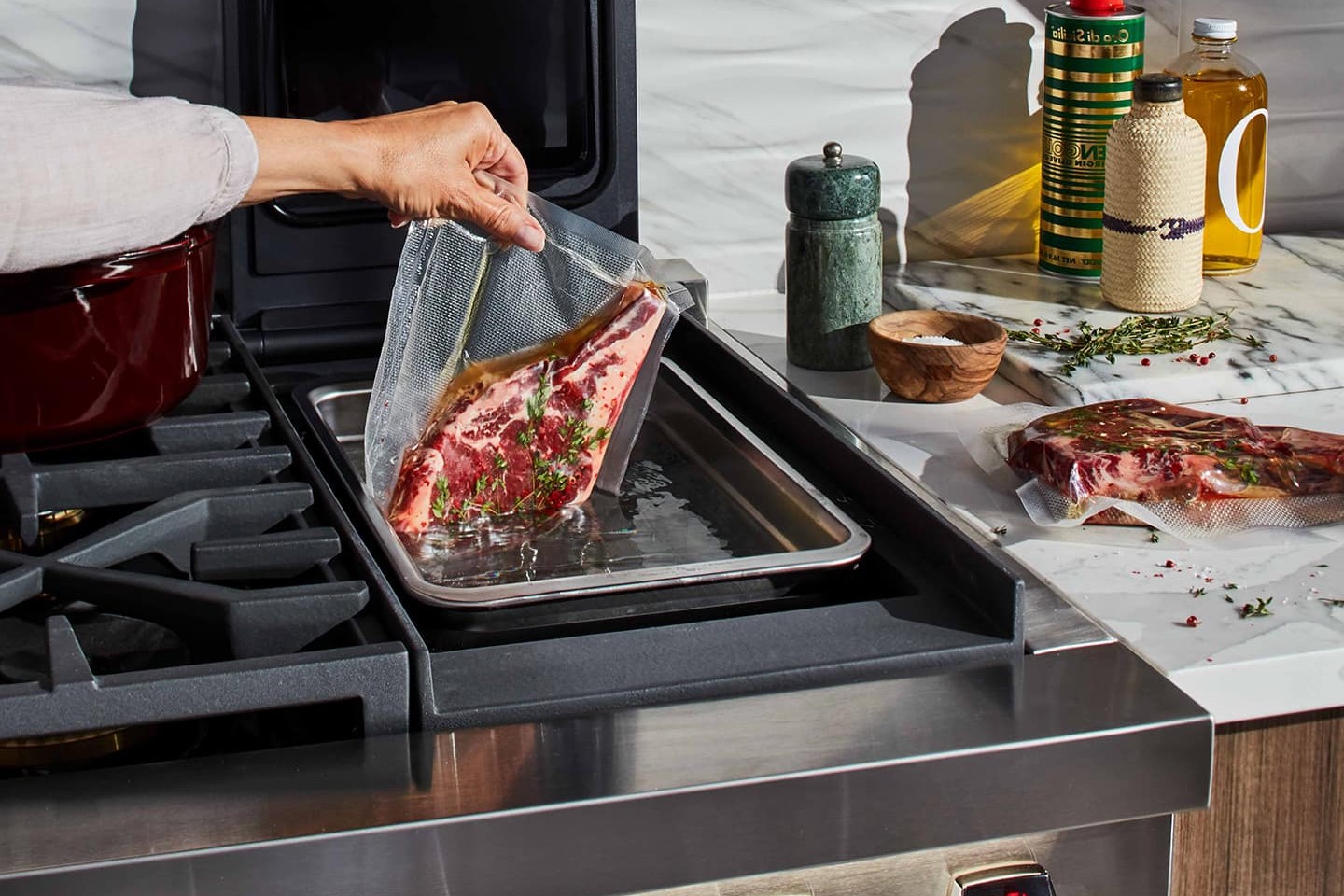
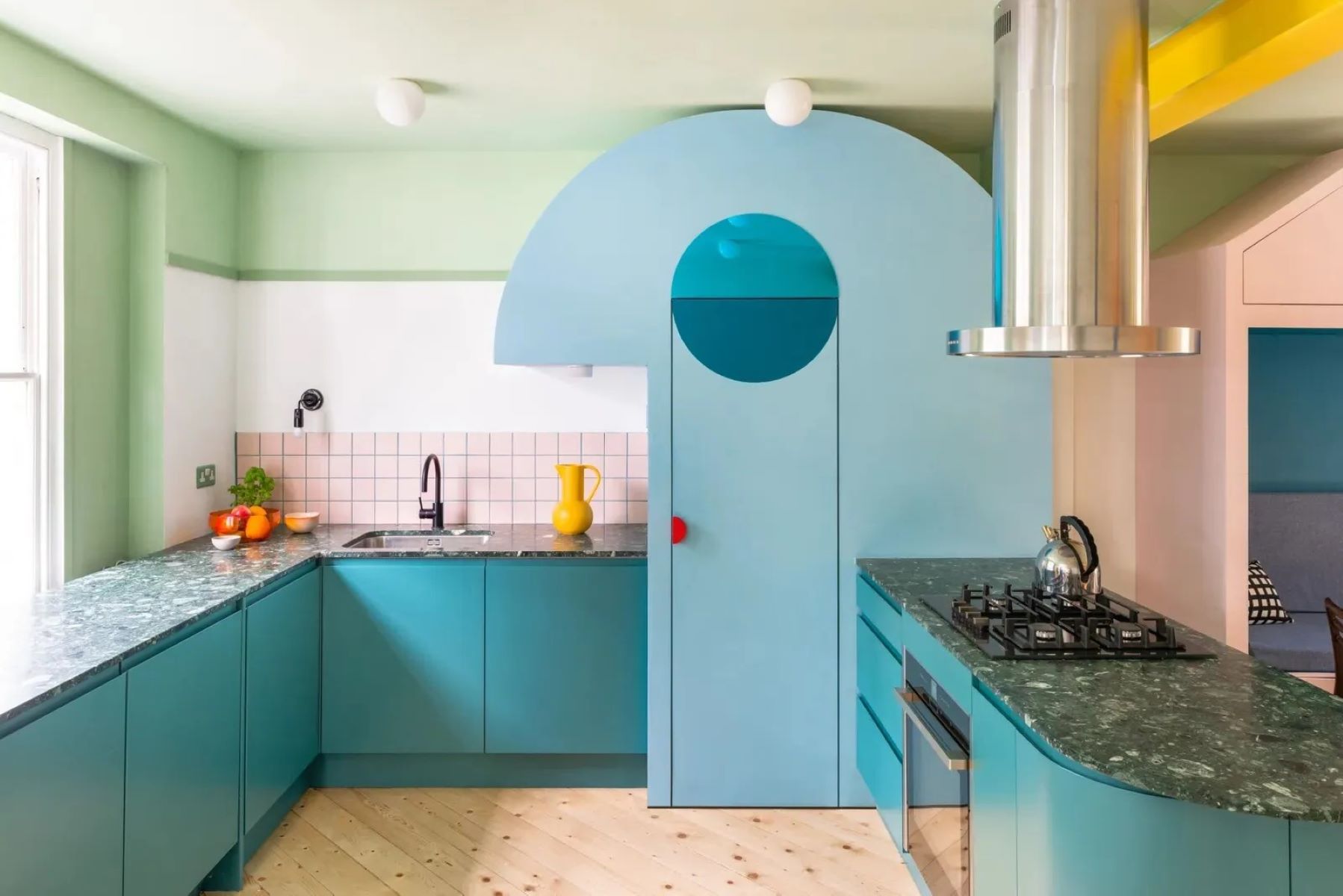
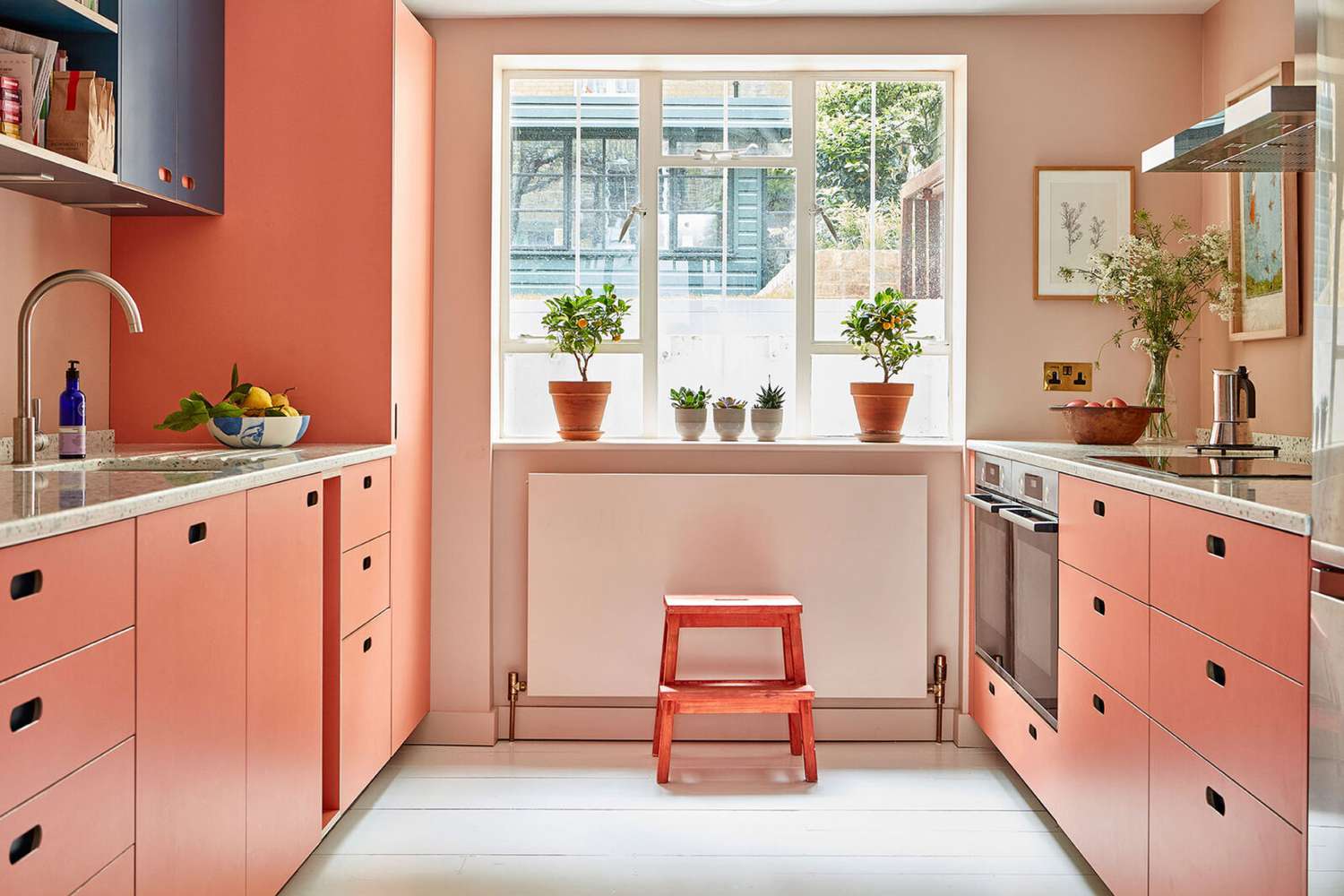
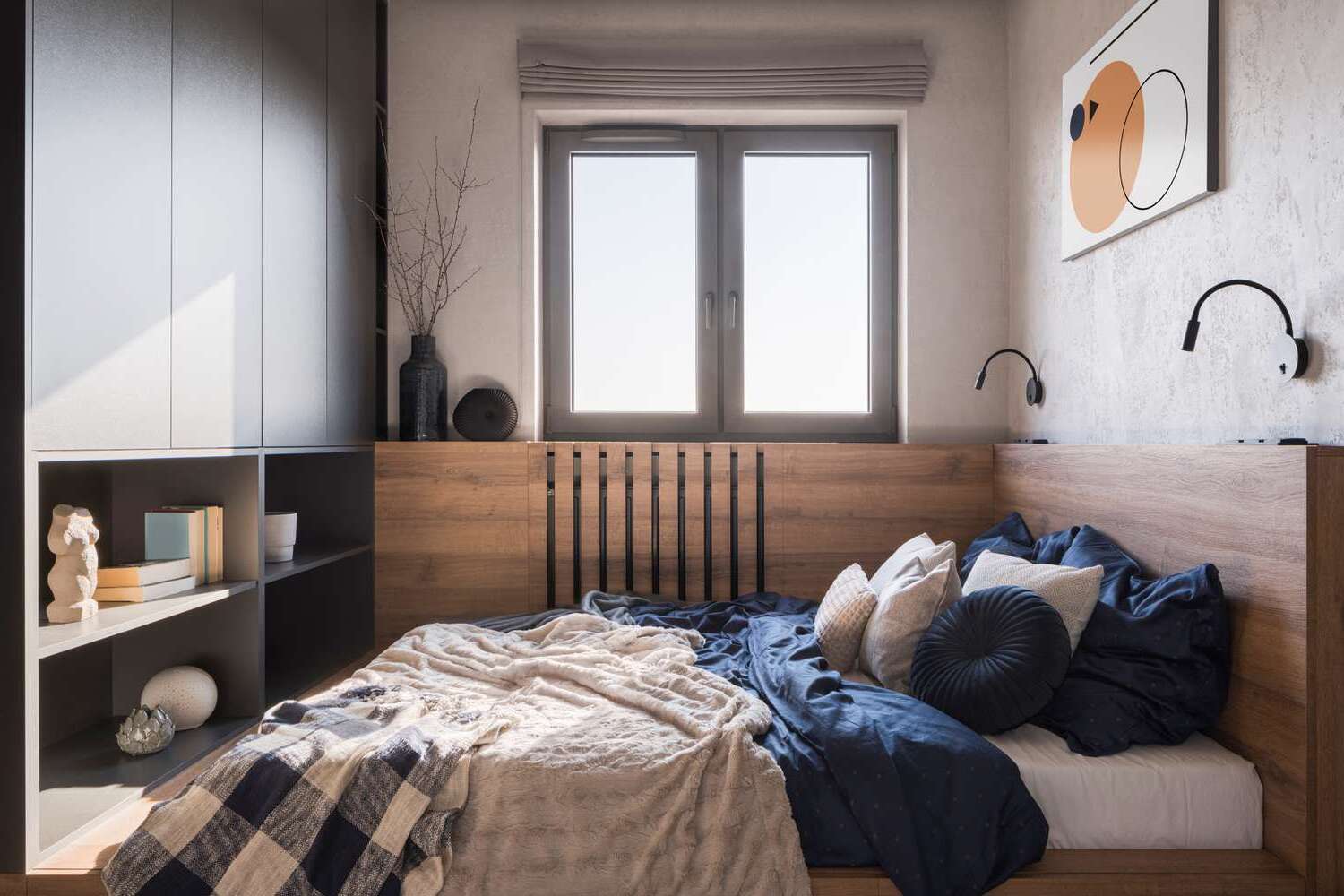
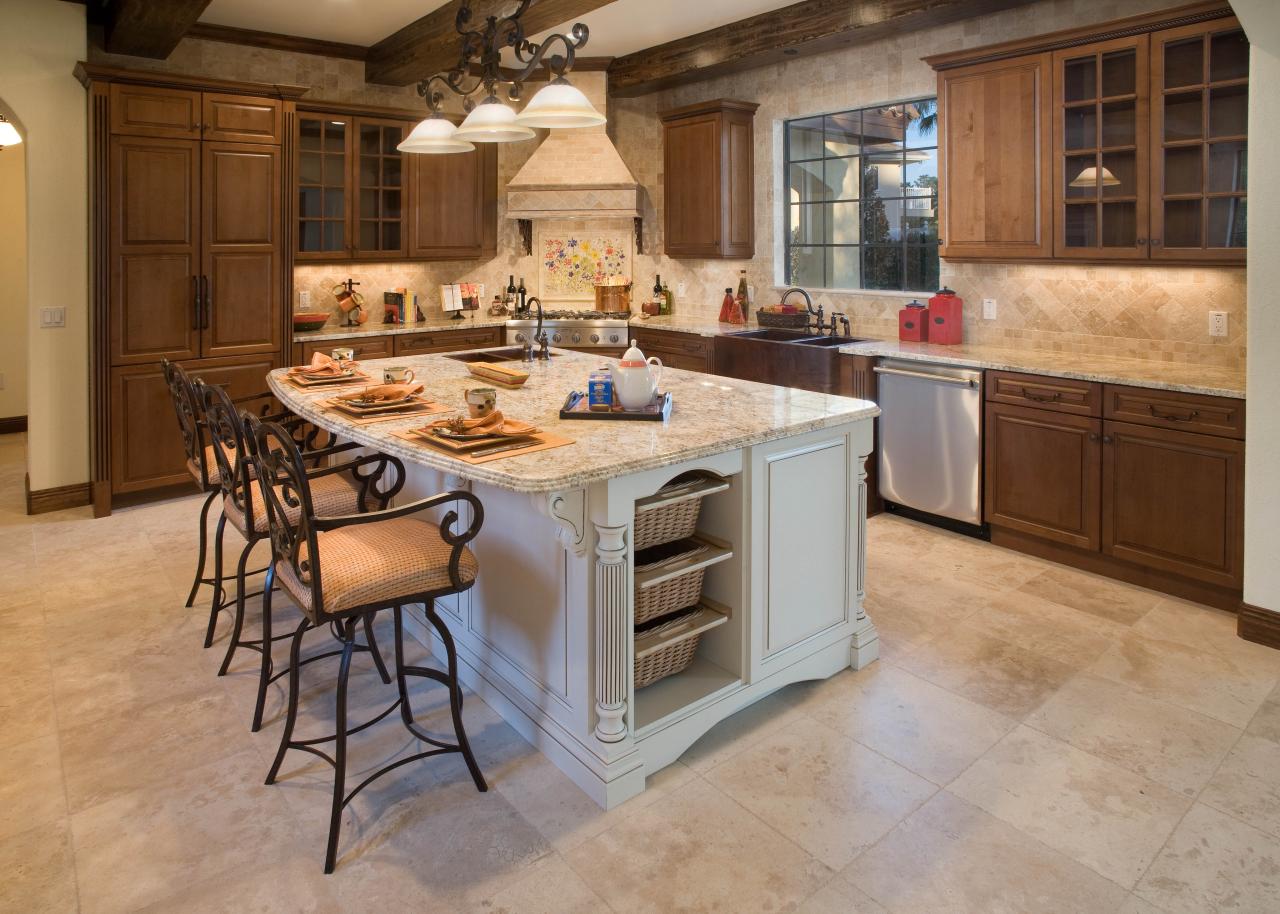
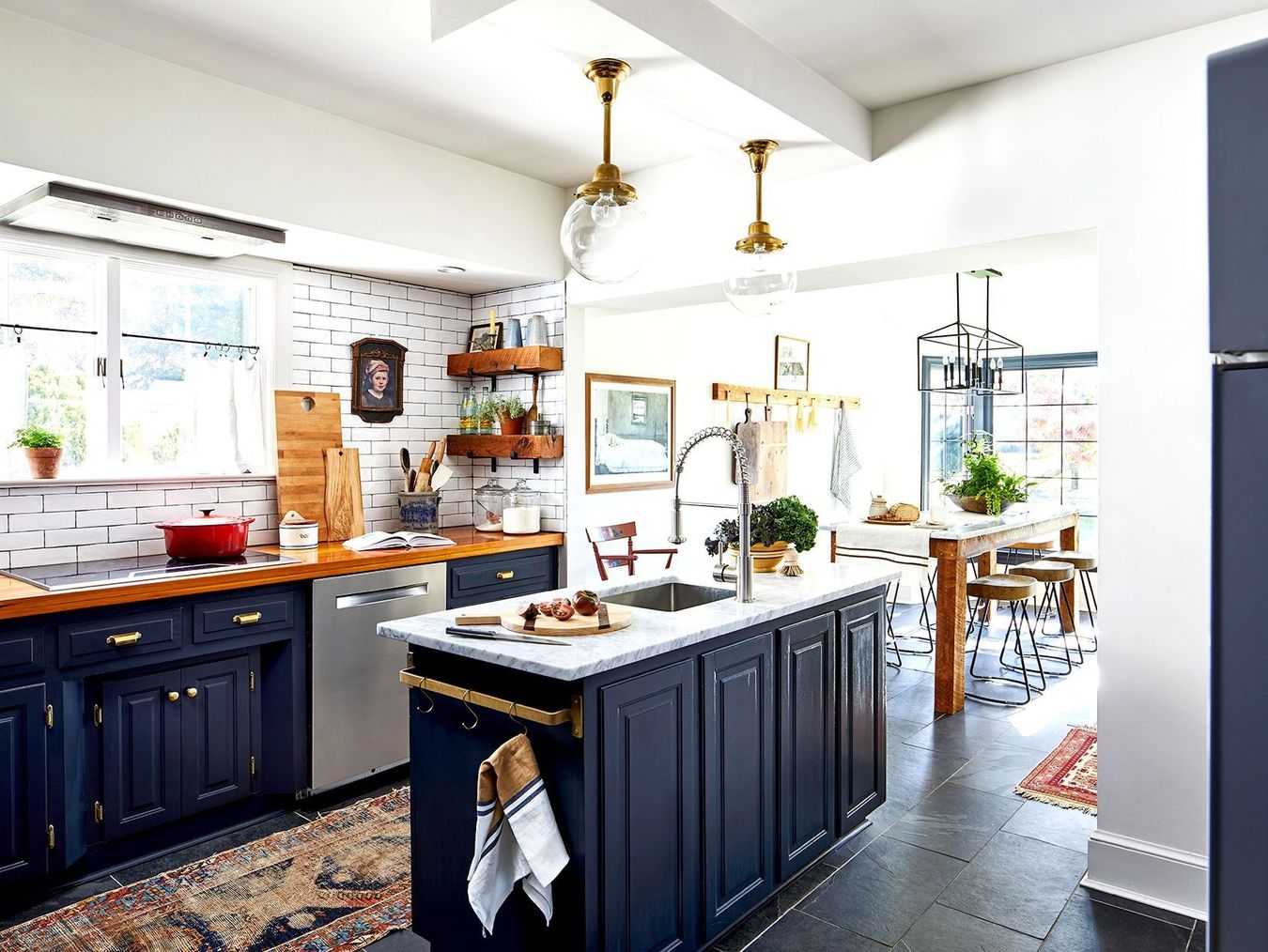
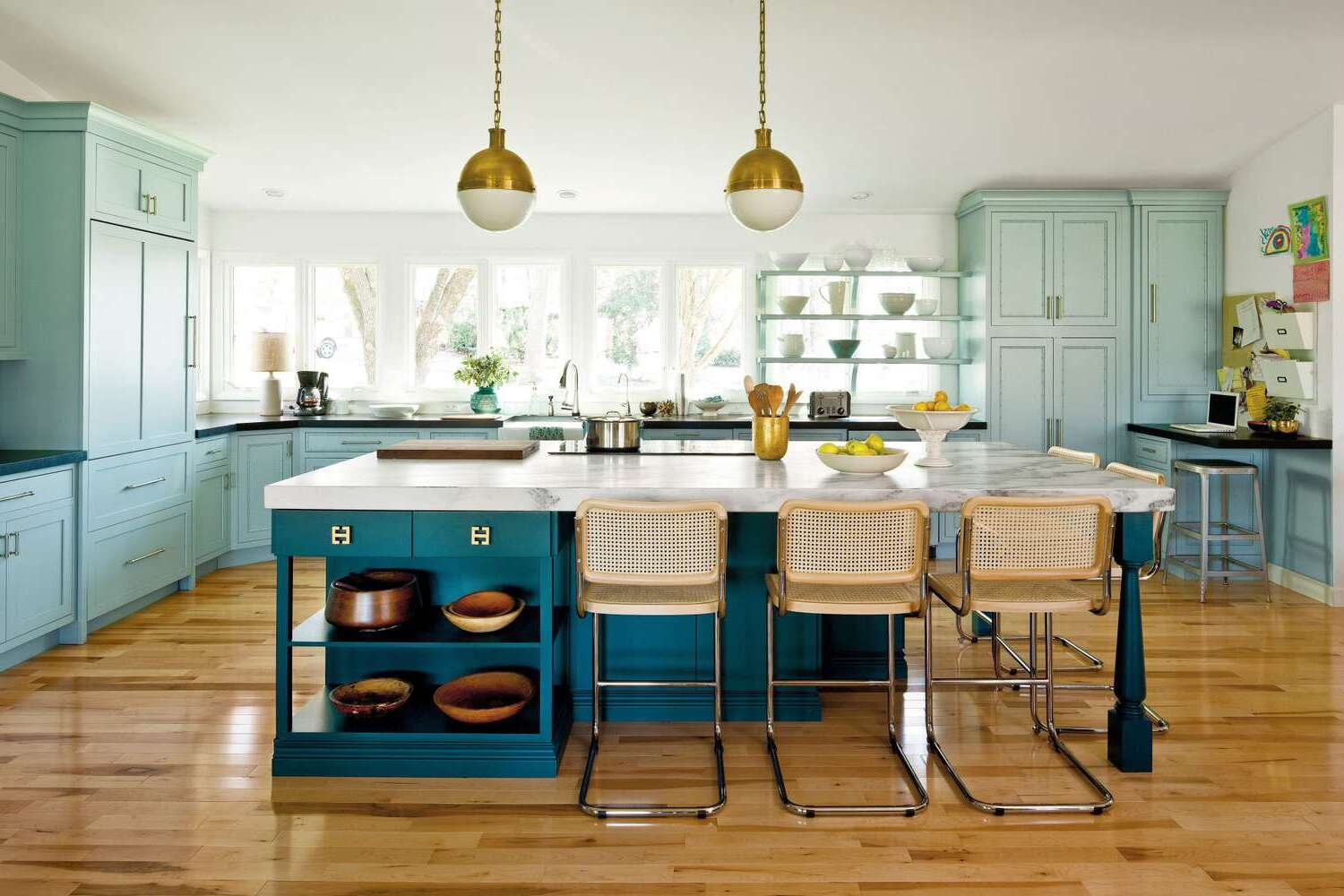
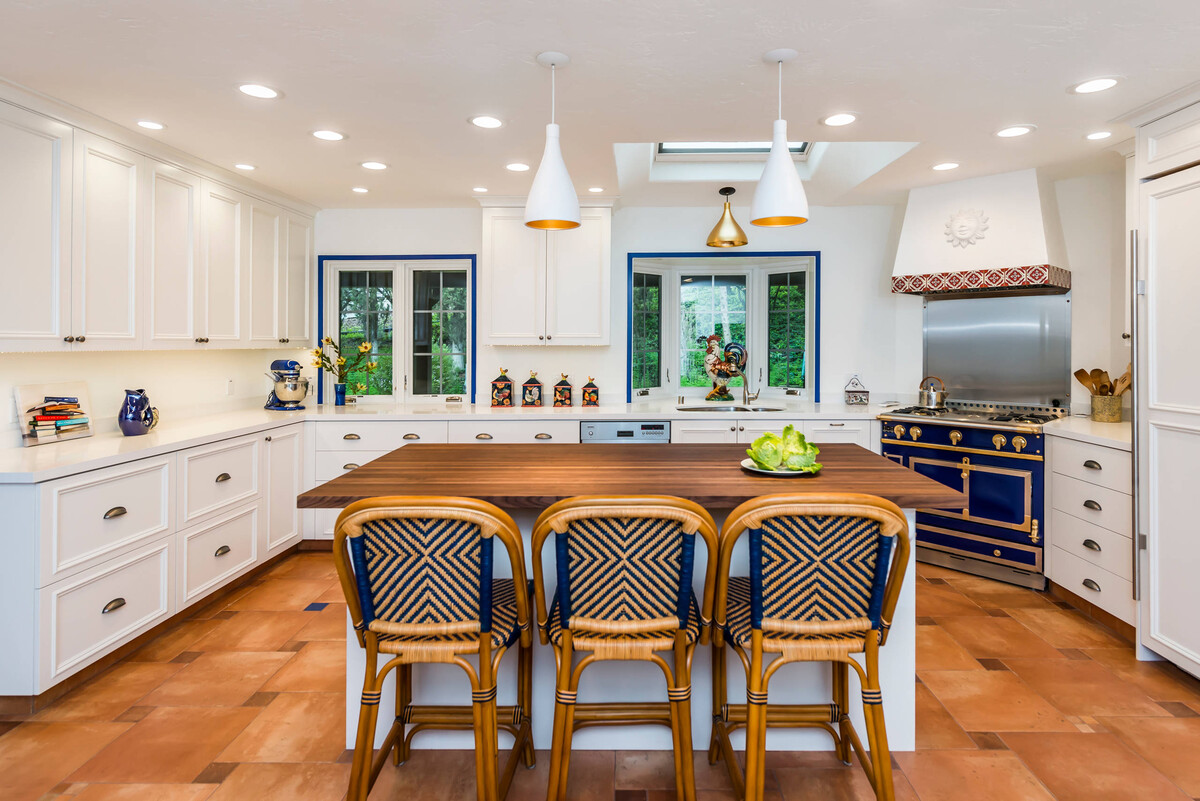
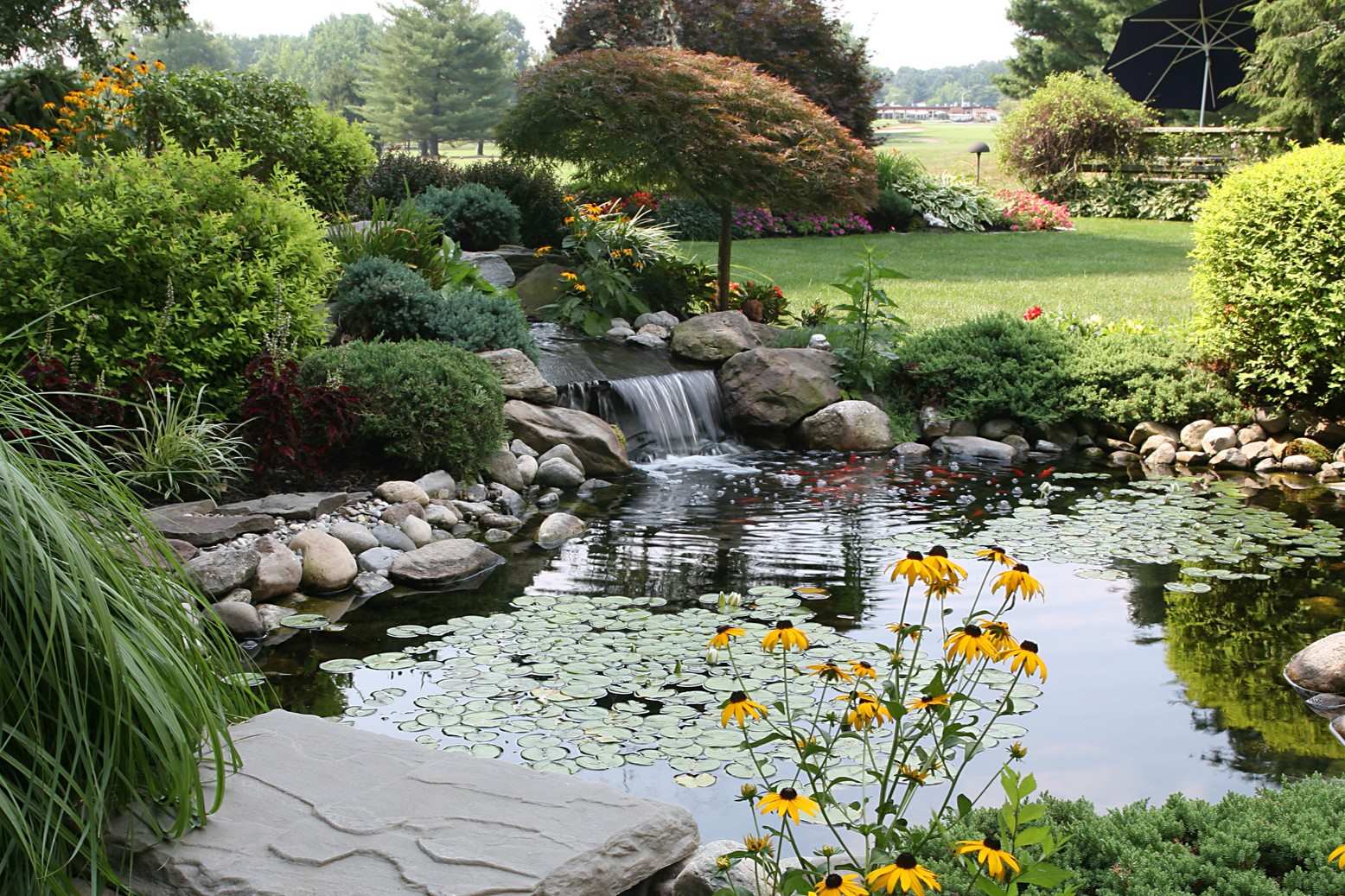
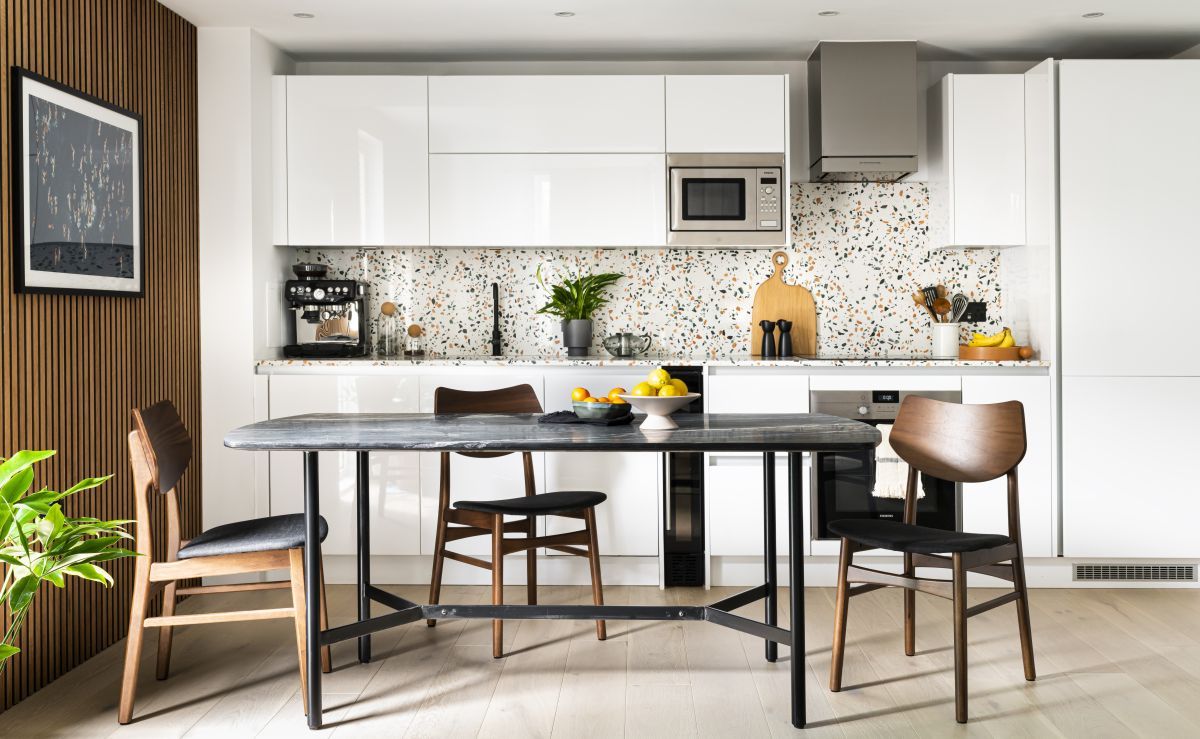
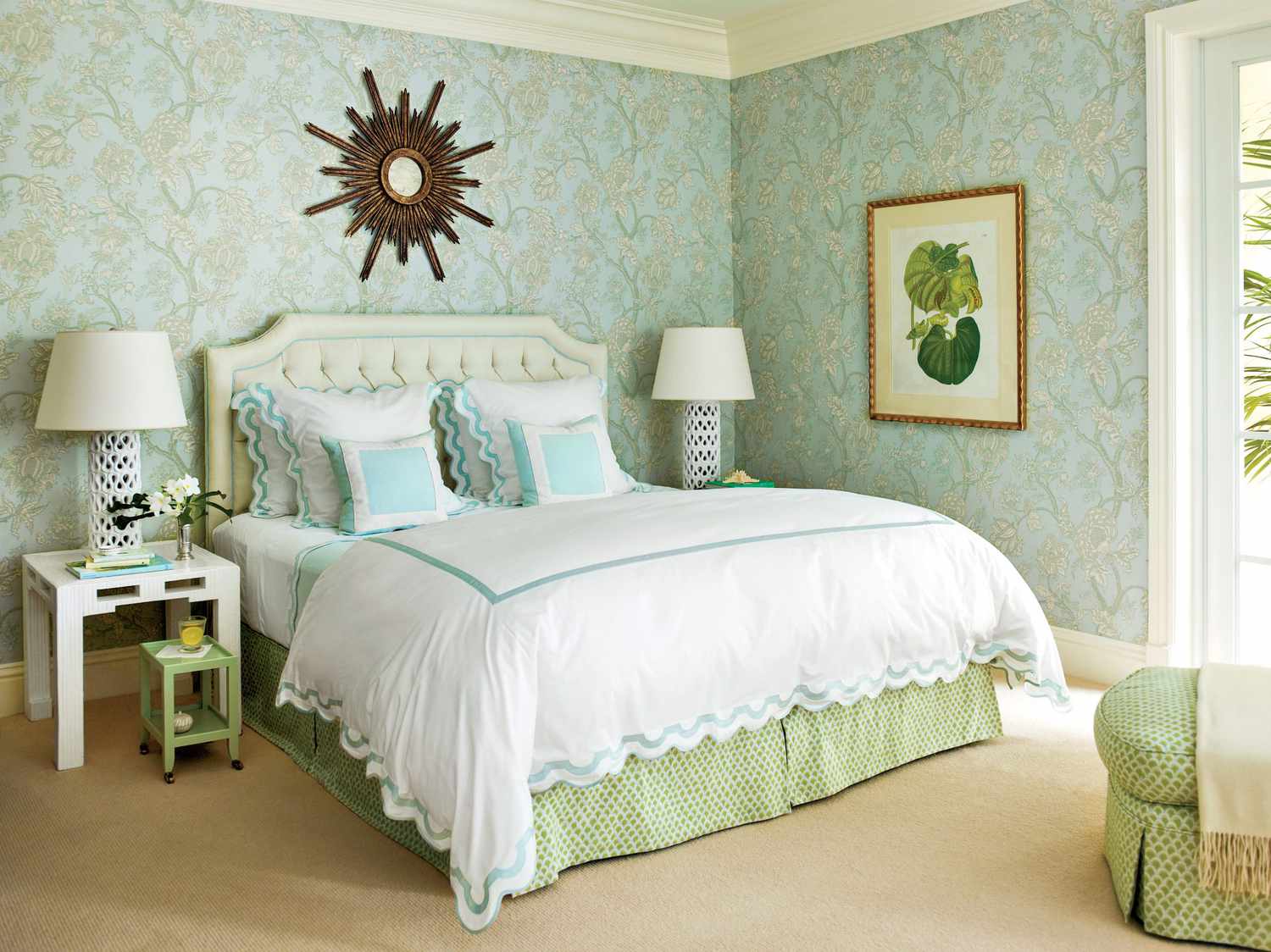
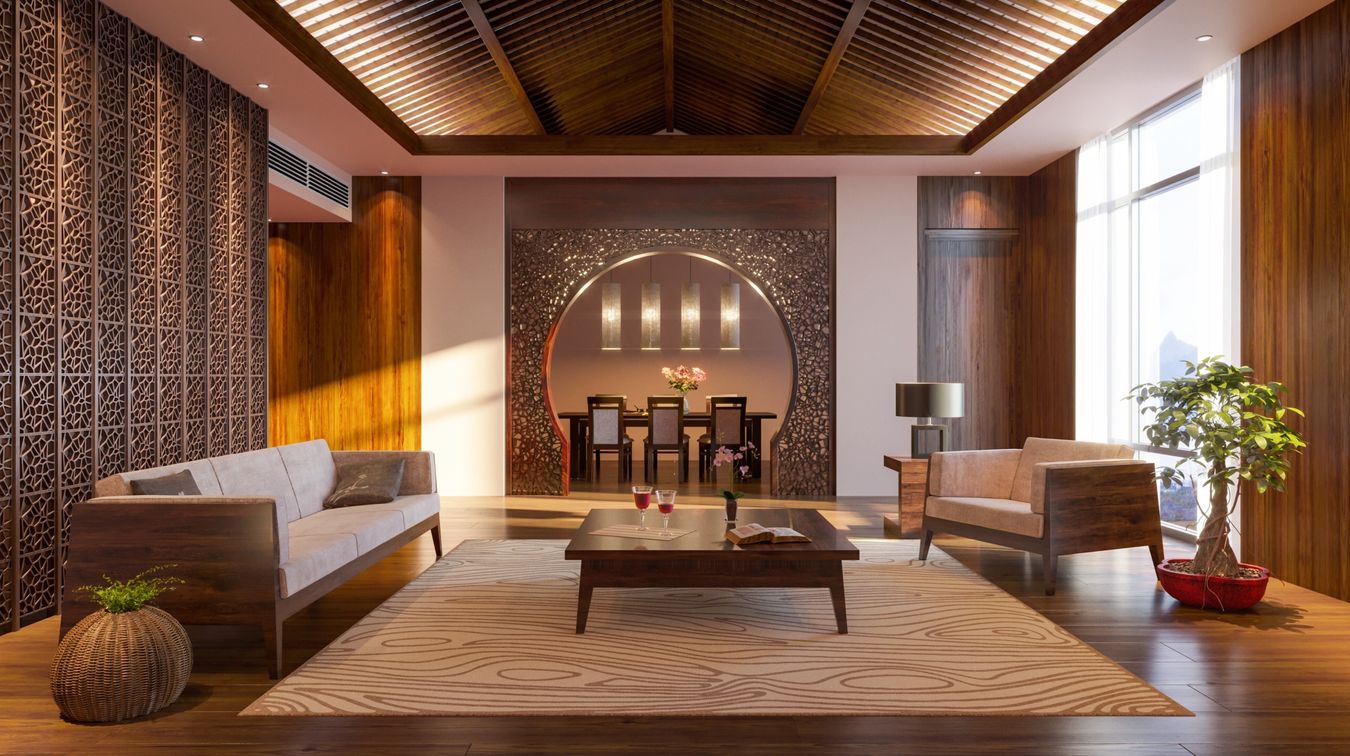
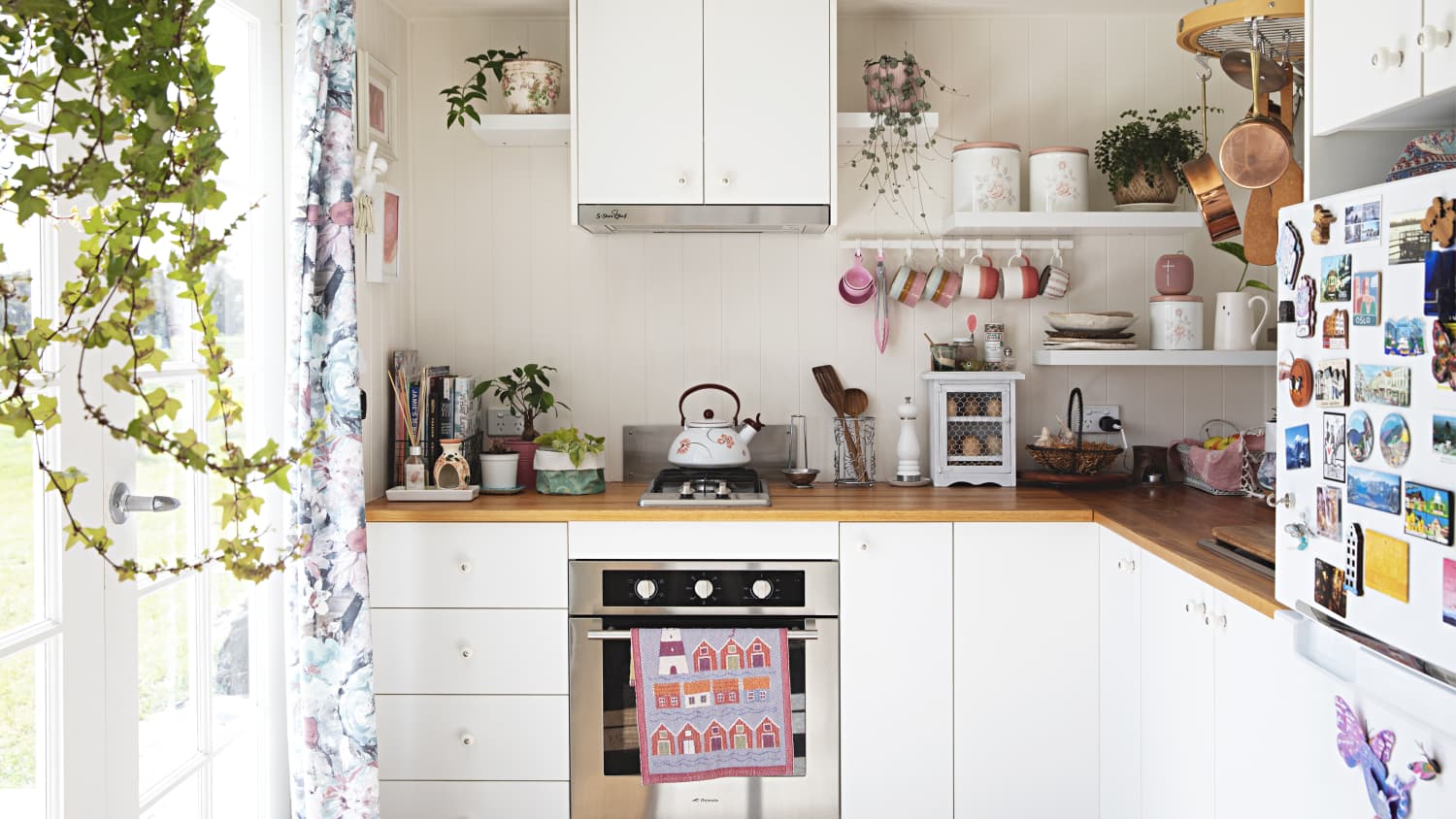

0 thoughts on “10 Ways I Balance Practicality And Style In A Kitchen When I’m Designing”